The Harpsichord Demystified
Written by James Huntingford, historical keyboardist and HIP Company associate artist.
19 July 2022.
Looks a bit like a piano, sounds not really like a piano...what's up with the harpsichord? Even for seasoned baroque music concert goers, the harpsichord's role can seem perplexing. Violins and cellos, although fitted with gut strings, still appear to perform similar roles to those in the modern orchestra, and are familiar enough. The harpsichord, on the other hand, can be quite elusive. Part of the issue is that the lens through which many people make sense of it is 'old version of a piano'. This lens presents significant problems, however. The harpsichord was never designed to be an antiquated version of a piano any more than a bicycle was designed and crafted to be a primitive steam engine – they're different beasts that do different things. To be sure, there exists crossover between the harpsichord and the piano as regards their function and repertoire, especially in relation to eighteenth century music. But let's be honest, the harpsichord in a typical baroque concert setting doesn't leave a remotely similar impression to a piano in a piano quartet or recital. The harpsichord is just doing something different! So how do we make sense of it?
What I would like to offer is one alternative lens through which to view the harpsichord, in order to have, I hope, a greatly enriched experience of it in the concert setting. The reason I am proposing a lens is because I have found that an incorrect lens can often be the thing that hinders us from being enriched by or making sense of something. I'll give an example. Say you went to a movie and were incorrectly informed by a friend that it would be 90 minutes in duration, but it ends up being a three hour marathon. Chances are that from around the 90 minute mark, your whole experience of the movie would begin to become significantly compromised because you had been interpreting things through the lens of 'any moment now everything's suddenly going to get resolved', and nothing is going the way you are expecting it to. To give another example, say you are attending a symphony orchestra concert consisting primarily of late-romantic Russian repertoire (think Rachmaninoff, Shostakovich etc.), but in the middle of the program there is a divertimento by Mozart. Chances are that you will view Mozart's work through the lens of harmonic complexity, dense orchestration and granite-like emotional heaviness, and judge it as having fallen woefully short on all counts. The problem here is that what Mozart was concerned with expressing way back in Vienna in 1782 and what you are expecting are miles apart because of the lens. My point hopefully established, let's find a good lens for making sense of and enjoying the harpsichord.
Except for cases where the harpsichord is playing solo or a principal part (e.g. a harpsichord concerto), the mainstay of the harpsichord is in providing accompanimental, complementary textures and, where necessary, rhythmic impetus to the ensemble. The harpsichord usually works in tandem with the cello and other bass-type instruments in the section of the orchestra known as the 'continuo', or as I prefer to call it, the engine room. The lens I often find helpful is that of a tree. The cello (and other bass instruments if present) represent the trunk. The trunk provides a warm, embracing, foundational sound. The harpsichord, on the other hand, represents the branches. They spread out from the trunk, some thin, some thick, and with leaves attached. The shape, size, direction, spread and colour of the branches is always proportional to the character of the trunk. The two go together! Spend time looking through the branches of a large oak tree, especially with the light behind it, and you may better understand how the harpsichord functions texturally to create light and shade. It of course doesn't have the fundamental-heavy sound of a concert grand piano, but it was never intended to. Keyboardists of the seventeenth and eighteenth centuries had pipe organs for that. The harpsichord, on the other hand, knits the ensemble together like a spider and her web. The slender silver thread shines different hues in different lights, so the experience can be mystifying. If the harpsichord remains mysterious only in this sense (and not the other), then my work here is done!
Photo by Artshoot Media: James at the harpsichord in our May 2022 concert, ‘Chinoiserie’.
Hear James at the harpsichord throughout our album, Pastorales, in pieces like this one:
James will join us next in Let Us Dance on 27th August 2022. Click below to book tickets:


